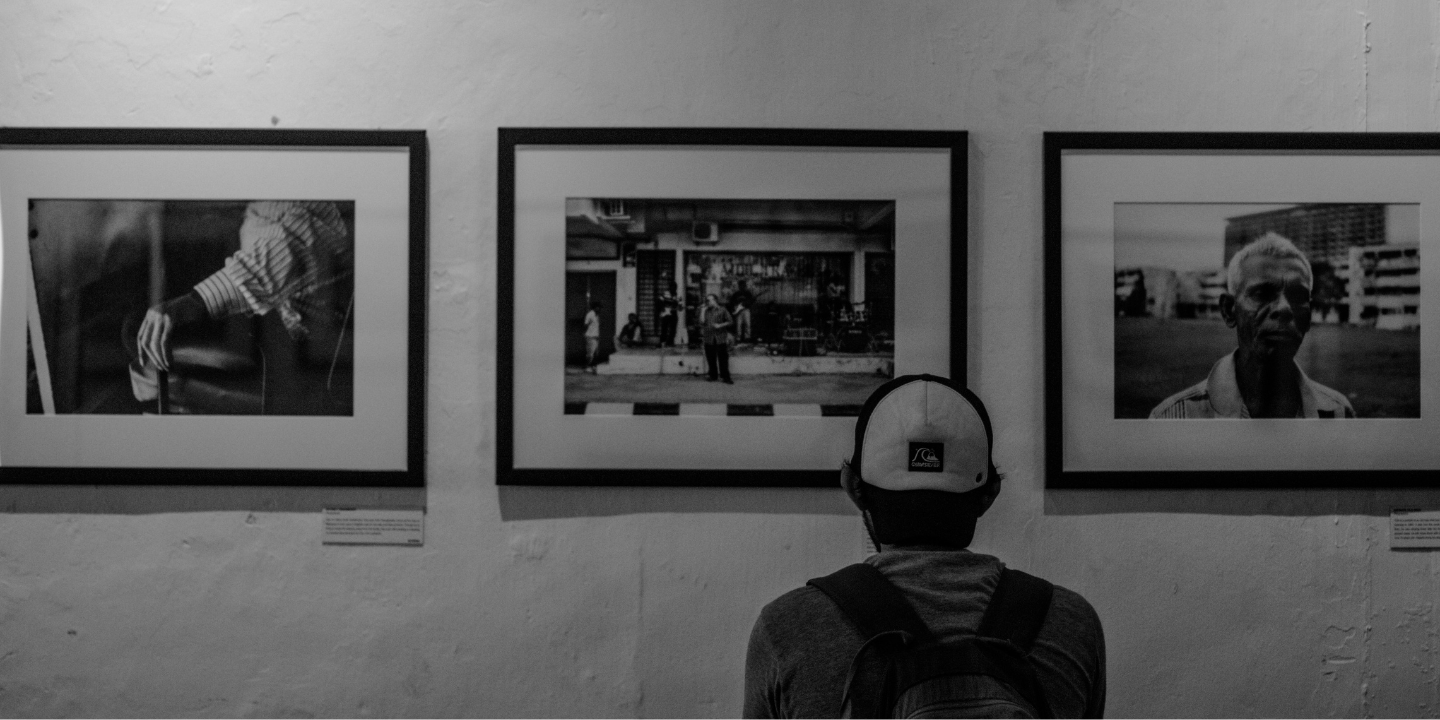Studies suggest that art therapy can be very valuable in treating issues such as depression, anxiety, post-traumatic stress disorder and even some phobias.
Check this 3D art virtual museum
https://eternal3d.com/users/profile/Anxiety/State/612
Studies suggest that art therapy can be very valuable in treating issues such as depression, anxiety, post-traumatic stress disorder and even some phobias Art therapy can be defined in many ways, but the simplest way to define it is an application of the visual arts in a therapeutic context. Art therapy can be used as a complement to traditional mental health treatment. The aim is to manage behaviors, process feelings, reduce stress and anxiety, and increase self-esteem.

Self-discovery: Creating art can help you acknowledge and recognize feelings that have been lurking in your subconscious.
Self-esteem: The process will give you a feeling of self-accomplishment which can be very valuable to improve your self-appreciation and confidence.
Emotional release: The greatest benefit of art therapy is giving you a healthy outlet for expressing and letting go all your feelings and fears.
Art therapy is a form of psychotherapy that utilizes the creative process of making art to improve mental and emotional well-being. It can be particularly effective for managing and reducing anxiety. Here’s how art therapy can help with anxiety:
- Non-Verbal Expression: Art allows individuals to express thoughts and feelings that may be difficult to put into words. For people with anxiety, who may struggle to articulate their emotions, art provides a non-verbal outlet for self-expression.
- Stress Reduction: Engaging in creative activities can trigger the relaxation response, which helps reduce stress and anxiety. Creating art can be a calming and meditative experience that promotes a sense of well-being.
- Distraction and Focus: Art can distract from anxious thoughts and redirect the mind’s focus to the creative process. This can provide temporary relief from anxiety symptoms and reduce rumination.
- Emotional Processing: Through the act of creating art, individuals can explore and process their emotions in a safe and controlled environment. This can lead to increased self-awareness and emotional regulation.
- Self-Esteem and Self-Expression: Completing art projects can foster a sense of accomplishment and boost self-esteem. Additionally, it allows individuals to express their unique perspectives and experiences.
- Mindfulness: Art-making often involves being fully present in the moment, which is a core aspect of mindfulness. Engaging in art can help individuals become more aware of their thoughts and feelings without judgment.
- Communication: For those who find it challenging to communicate verbally, especially about their anxiety, art can serve as a bridge for communication with therapists or loved ones. It can be a starting point for discussions about one’s feelings and experiences.
- Creative Problem Solving: Art encourages experimentation and creative problem-solving, which can be valuable skills for managing anxiety in daily life. It helps individuals approach challenges with a more open and flexible mindset.
- Catharsis: Creating art can provide a sense of release or catharsis, allowing individuals to externalize and let go of pent-up emotions associated with anxiety.
- Empowerment: The act of making choices in the artistic process can give individuals with anxiety a sense of control, which can counter feelings of helplessness often associated with anxiety.

Art therapy can take many forms, including painting, drawing, sculpture, collage, and more. It is often facilitated by a trained art therapist who can guide individuals through the creative process and help them explore their emotions and experiences.
It’s important to note that art therapy is not about creating “good” art; it’s about the therapeutic process and what it reveals about the individual’s thoughts and feelings. Anyone, regardless of artistic skill, can benefit from art therapy as a tool for managing anxiety and improving overall mental health. However, if you’re considering art therapy, it’s a good idea to seek out a qualified art therapist who can provide guidance and support tailored to your specific needs.
#virtualartexhibition #eternal3d #virtual #art #exhibition #3dartexhibition #california #cerritos #eternal3d #space #virtualexhibition #virtual #onlineexhibition #artexhibition #artgallery #virtualgallery #modernart #DigitalExhibition #artonline #gallery

